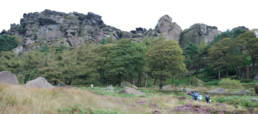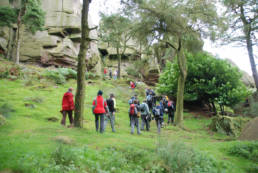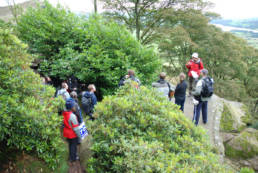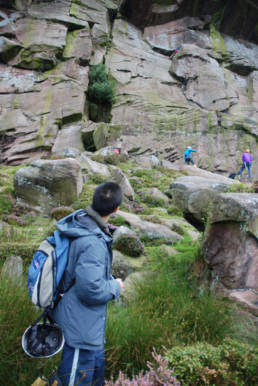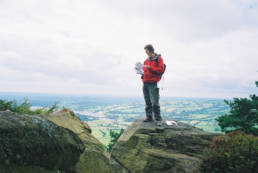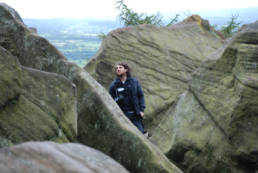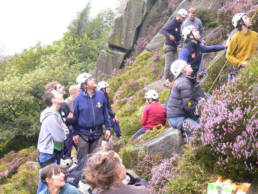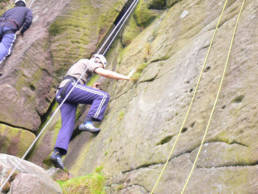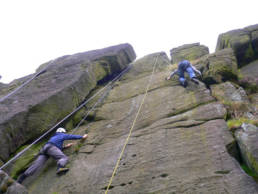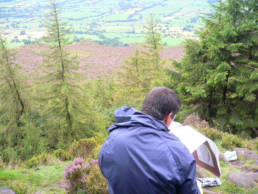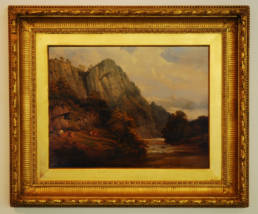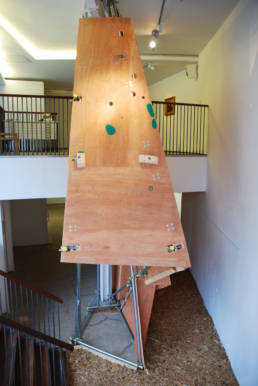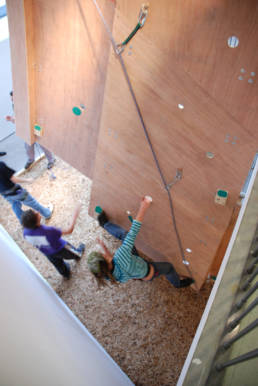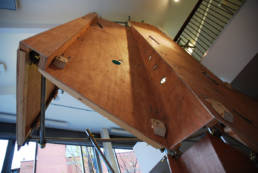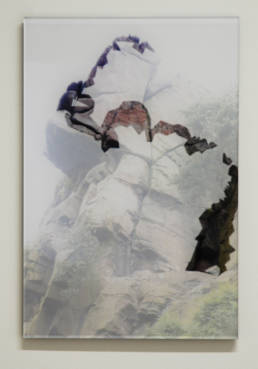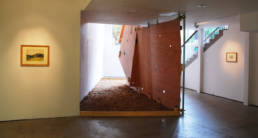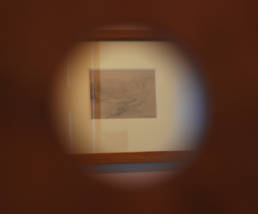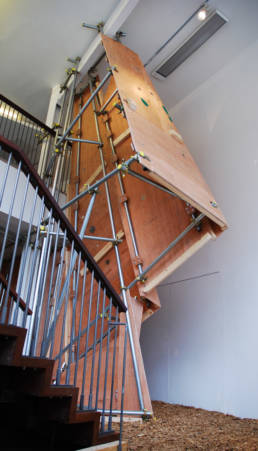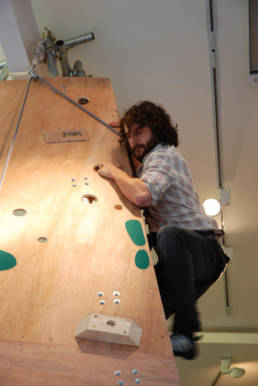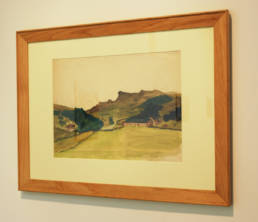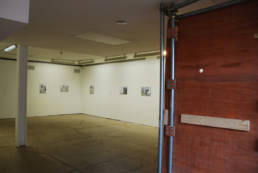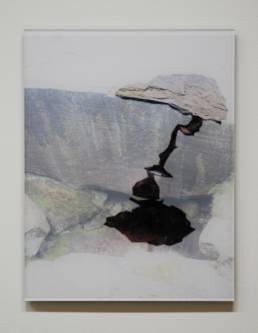Dan Shipsides: Radical Architecture
Castlefield Gallery, Manchester
12 Oct 2007 → 25 Nov 2007
Dan Shipsides’ work charts social change through an in-depth analysis of rock climbing. This exhibition drew out a set of issues linking the practice of climbing; the production and reception of art; the administration, regulation and ownership of space and culture.
The project’s point of departure was the relationship between Manchester and the open space around it, specifically the Peak District. The social history of this relationship is key in the development of climbing as we know it today, growing as it did out of the outdoor movements of the early twentieth century. The 1932 mass trespass, in which workers from Manchester and Sheffield converged on Kinder Scout, would lead to free access to the countryside for workers in the industrial north, access that had previously been denied by private landowners. Many of the workers who benefited from this change over the next thirty years would go on to become their generation’s pioneering rock climbers, such as Joe Brown and Don Whillans, who authored an unprecedented number of new routes in the Peaks in the 1950s and 60s.
Shipsides focussed on The Roaches, a gritstone formation near Leek that was frequented by Brown and remains a popular destination for climbers. In his work, Shipsides points to many similarities between the practice of climbing and of art, most literally in the routes themselves, which are named, dated and authored by the first climber to perform them. During the initial stages of this project, we took a group of artists, amateur painters and climbers to The Roaches, where Shipsides gave a museum tour of the rock face, discussing specific routes and their historical context. The party were then invited to perform one of the routes.
Following this visit, Shipsides designed and built a sculpture in Castlefield Gallery’s double height space, called Hanging Slabs, that was climbable by visitors and that was based on a section of a route called Valkyrie. It involved a short traverse that emerged from beneath the mezzanine followed by an ascent up to the ceiling. The sculpture aimed to encourage a re-reading of landscape through art, through experience and performativity rather than through the existing dominant forms of sight and visual documentation. Shown alongside the sculpture were three works borrowed from regional museums (an early nineteenth century oil painting by Ramsay Richard Reinagle, a small drawing by John Ruskin and a watercolour by Grete Marks), which were emblematic of a changing relationship to landscape over 150 years as well as a set of lambda prints by Shipsides which described key routes developed in the Peak District over the twentieth century.
Climbing Day, The Roaches
Exhibition, Castlefield Gallery
